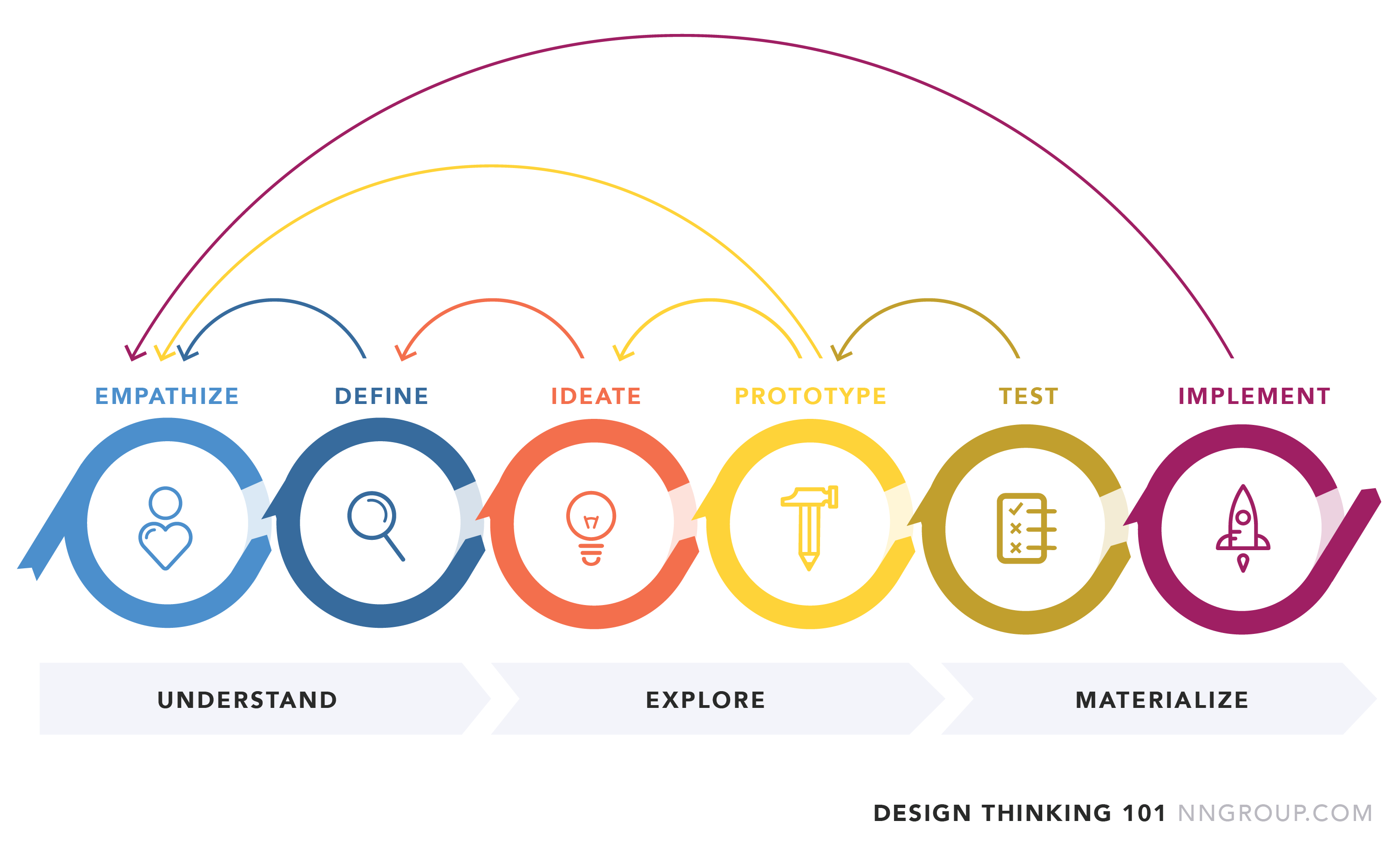It’s a common misconception that design is solely about making things ‘look good’ and can be relegated to a nice-to-have afterthought. Think about design upfront, and build your brand.
The so-called ‘colouring-in department’ actually owns the important task of ensuring brands serve a top-notch first impression and a consistent visual customer experience — from digital to point-of-sale (POS). With 90% of information transmitted to the brain being visual, it is understandable why design plays a starring role in a brand’s first impression.
Consider exceptionally successful organisations like Apple, Google, Tesla, Airbnb and Instagram. Not only do they produce impressive brand storytelling; they are strategically design-led, and a good handful of the companies were even co-founded by designers.
But what does it look like when you consider design at every stage of the campaign production process, and how can it lead to better outcomes?
What does it mean to be design-led?
Design thinking methodology has taken a huge leap from the world of product design with organisations vying to implement it throughout the workplace as a core strategy for innovation.
Stanford University’s d.school — a highly regarded centre dedicated to helping people develop their creative abilities — defines design thinking as a process of collaborating, breaking, reassembling and imagining to achieve strategic innovation and problem-solving.
It’s a solution-focused methodology, and it’s what designers have been doing for decades.

Image source: https://www.nngroup.com/articles/design-thinking/
Design thinking helps to shift focus from the product or service itself to a more human-centric model, and this is where you’ll find the heart of a typical design process. It’s not about what is being created, but why it’s being created and how it’s going to be created for the best outcome.
This methodology begins with a phase of understanding and empathy for the problem. You might discover a designer typically finds it difficult to think outside the box or get creative without a chance to dig a bit deeper into this understanding or context behind a design request.
A well-written brief should be able to get the ball rolling by providing adequate context and allowing the designer to get inside of the mind of the consumer.
The process continues with phases of testing, ideating, exploring, making mistakes and learning along the way. This is the key to embracing creativity and finding the most strategically-aligned way forward.
When applied to strategic innovation in the workplace, knowing that it’s ok to fail or break things as long as we learn from them and move forward, is what helps design-led businesses to thrive.
“Most people make the mistake of thinking design is what it looks like. People think it’s this veneer — that the designers are handed this box and told, ‘Make it look good!’ That’s not what we think design is. It’s not just what it looks like and feels like. Design is how it works.”
— Steve Jobs
How can design thinking help to create better campaign outcomes?
The first thing to understand is that design is so much more than just the visuals of a campaign.
Design thinking methodology plays a great role in determining successful design. It’s more than aesthetic appeal — it involves a deep understanding of the purpose, context and audience of the design.
If we lead with this kind of thinking, we can craft an authentic story around a strong foundation of impactful visuals (graphic and video) and written messaging that consumers will engage with on an emotional level. This approach is known as brand storytelling.
‘Good design’ isn’t a checkbox, because the definition of ‘good’ is not black and white; but delivering good design that best fits the audience’s needs is a key driver of success.
Taking an authentic, human-centric approach to campaign planning — like design thinking — allows all members of a team to work together to create better outcomes, taking designers out of the ‘colouring-in department’ silo and building an integrated team of creators who can bring different skill sets to the table (like ours here at ImpactInstitute).
Myth: busted
Understanding colour theory, composition, balance and contrast are all just the tip of the iceberg when it comes to a designer’s process.
Next time you get the urge to ask a designer, “can you make this look good?” ask yourself this question first instead: “How can we approach this campaign plan holistically and ensure that every touch point is optimised for our audience?”
Consider how design thinking methodology could benefit your next campaign, and perhaps give your design team a pat on the back for all the hard work they do. Just try not to knock over the glitter glue…
For more information visit: Brand Storytelling, Communications & Marketing
